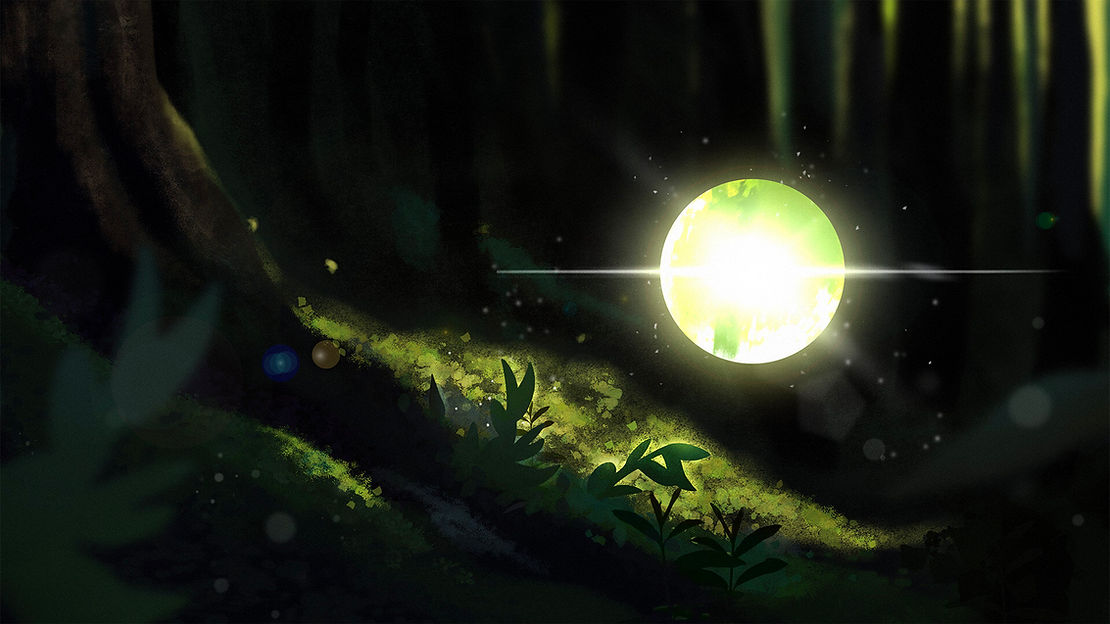By: Jason Shen
Scientists didn’t know if a single photon could spark photosynthesis until now. Photosynthesis is the process of converting light energy into chemicals that can be used for growth. Plants, algae, and some types of bacteria can perform photosynthesis. If you looked at light zoomed down to the smallest scale possible you would see multiple particles called photons.
This photosynthesis experiment was conducted with 2 different photons. When one photon flew off to a detector, the second photon went into a solution that contained light-absorbing structures from a bacterium. This species of bacteria has light-harvesting structures called LH2. Each LH2 contains two rings of molecules.
Normally in photosynthesis, LH2 absorbs a photon and then passes its energy to a series of other groups of molecules. Eventually, the energy is turned into a form of chemical energy. That energy fuels the microbe.
But, in the new experiment, there was nothing to hand that energy off to. So, when LH2 absorbed the second photon shot out by the light source, it gave off a third photon. This photon had a different wavelength than the one that had been absorbed. The new wavelength was a sign that energy had passed from the first ring of LH2 to the second. And that’s step one of photosynthesis.
The scientists detected the photon given off by LH2. Then they compared the timing of its detection to when they detected the first photon spit out by their light source. This comparison confirmed the second photon had kicked off photosynthesis.
Plants and bacteria do photosynthesis differently. For plants, multiple photons must be absorbed independently to complete the process, but the first steps in the process are similar enough that a single photon would set off photosynthesis in plants too, says Graham Fleming aphysicist who works at the University of California, Berkeley, and took part in the new research.











